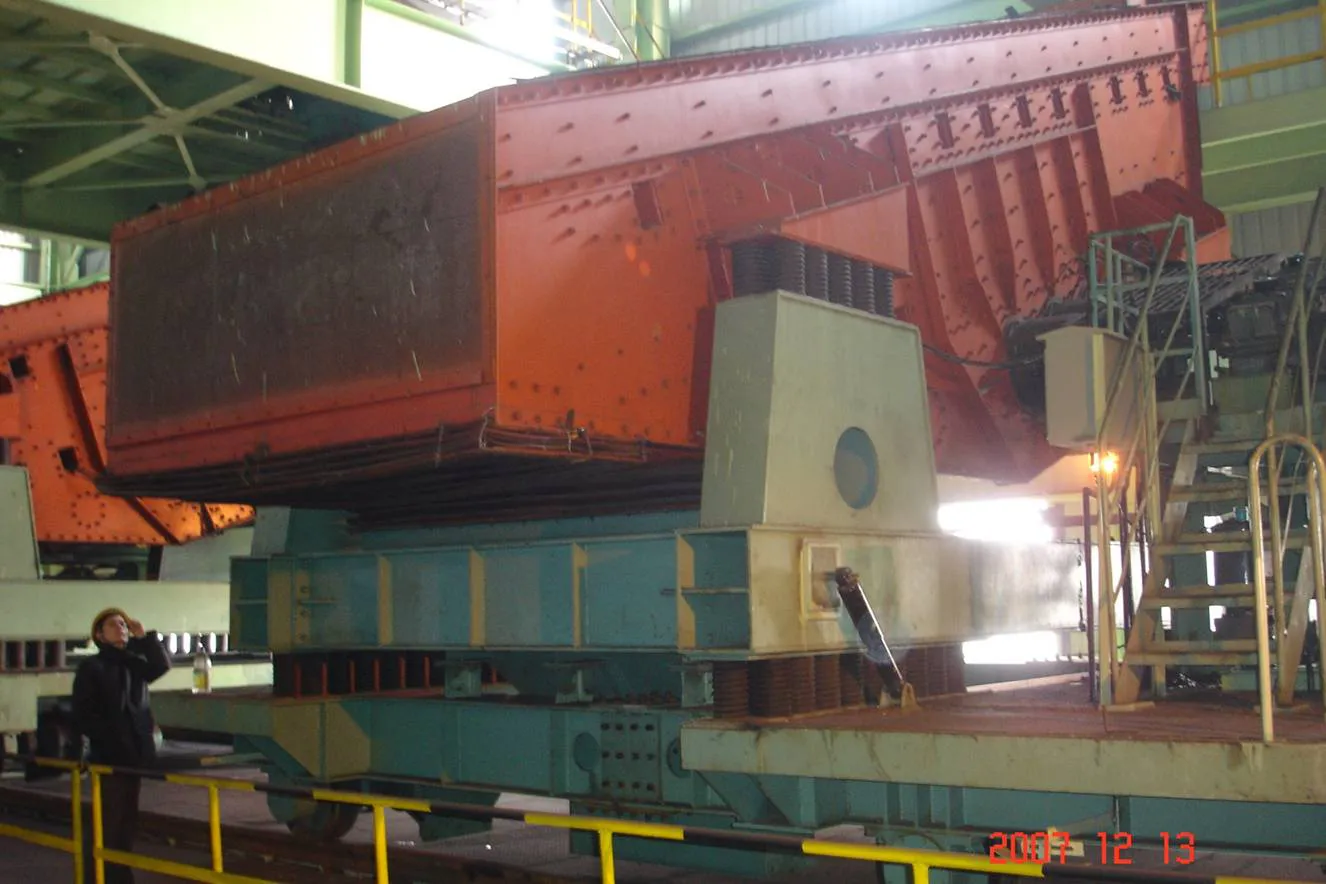Cribas vibratorias are essential in industries such as mining, procesamiento agregado, and material handling, where they are used for sorting and classifying materials. Sin embargo, their operation often generates significant noise, which can impact workplace safety, operator comfort, and regulatory compliance.
Excessive noise in vibrating screens is typically caused by factors such as unbalanced forces, loose components, inefficient damping, and resonance effects. Prolonged exposure to high noise levels can lead to hearing damage and reduced efficiency in industrial environments.Reducing noise in vibrating screen operation is crucial for a safer and more comfortable working environment.
How to reduce noise in vibrating screen operation

1. Identify the Source of Noise:
Impact Noise:
Material Impact: The primary source, caused by materials hitting the screen deck, malla de pantalla, and frame. Larger materials and higher feed rates increase impact noise.
Mechanical Impact: From the vibrating mechanism itself, worn parts, or loose connections.
Structural Noise:
Resonance: The screen frame vibrating at its natural frequency, amplifying the noise.
Transmission: Noise transmitted through the supporting structure to the surrounding environment.
Airborne Noise:
Screen Mesh Vibration: The mesh itself can vibrate and generate noise.
Aerodynamic Noise: Air movement caused by the vibrating screen.
2. Noise Reduction Strategies (Categorized):

UNA. Material Related Mitigation:
Feed Rate Optimization:
Reduce Feed Rate: The most straightforward solution. Optimizing the feed rate minimizes the amount of material impacting the screen surface at any given time.
Consistent Feed: Ensure a consistent, even feed to avoid surges that cause excessive impact noise.
…
For more detailed information on how to reduce noise during vibrating screen operation, por favor haga clic aquí: https://www.zexciter.com/en/a/news/how-to-reduce-noise-in-vibrating-screen-operation.html


